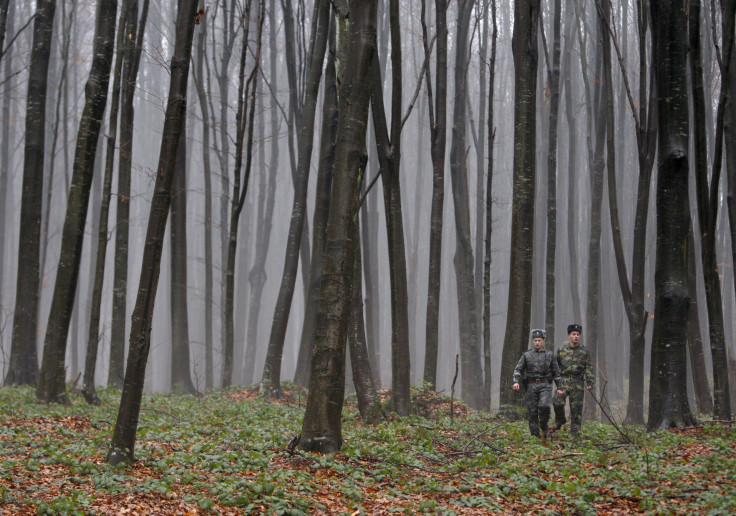Radiation-Poisoned Forests Near Chernobyl Aren't Decomposing Normally, Study Finds

Nearly 30 years after the Chernobyl nuclear power plant explosion in Ukraine, researchers are finding that the radiation poisoning has choked the surrounding forest floor’s decomposers, probably causing slow tree growth and a high risk of fire that could further spread radiation.
The disaster in 1986 killed 31 people directly, and scientists are still accounting for long-term effects such as cancers. Birds near the site have smaller-than-normal brains; many spiders, butterflies, bees and grasshoppers have vacated the area; wild boars show dangerous levels of radiation, and trees there grow slowly.
Decomposers -- fungi, microbes and certain types of insects -- recycle organic material back into the soil, spurring the decay process essential to the forest ecosystem’s life cycle. But the decomposers near Chernobyl are not breaking down leaf litter efficiently, according to a new study published in Oecologia.
The research team, from the University of South Carolina, Shevchenko National University of Kiev, Westminster College and the University of Paris, began studying the effects of the Chernobyl disaster in 1991, five years after the meltdown.
They noticed “a significant accumulation of litter over time” in the Red Forest, where the pine trees turned reddish and then died shortly after the accident, and decided to investigate.
“Apart from a few ants, the dead tree trunks were largely unscathed when we first encountered them,” lead author Timothy Mousseau, a biologist at the University of South Carolina, told Smithsonian.com. “It was striking, given that in the forests where I live, a fallen tree is mostly sawdust after a decade of lying on the ground.”
Mousseau and his colleagues measured leaf litter in different areas of the exclusion zones and found that litter was two to three times thicker in the areas that absorbed the most radiation.
So they filled about 600 small mesh bags with oak, maple, birth or pine leaves from an uncontaminated site and lined half of them with pantyhose. The pantyhose kept insects out but let microbes in, and the mesh-only bags let both insects and microbes inside.
The biologists scattered the bags across the exclusion zone, which experienced varying degrees of radiation and has varying humidity, temperature, forests and soil types. One year later, more than enough time for decomposers to eat away the dead leaves, they assessed the varying amounts of litter left in the bags.
In the areas without radiation, 70 to 90 percent of the leaves decomposed in a year. But in areas with radiation, about 60 percent of the leaf mass remained. They also found that microbes and fungi decomposed more leaf litter than insects, though insects contributed significantly to decomposition.
“The gist of our results was that the radiation inhibited microbial decomposition of the leaf litter on the top layer of the soil,” Mousseau said.
Inhibited decomposition means that nutrients aren’t being efficiently added back into the soil, which could be causing trees to grow slower. And the decades of leaf pileup mean the area is at risk of forest fire. A fire would be particularly dangerous near Chernobyl because it could spread radioactive materials outside the current exclusion zone.
The researchers are sharing information with teams in Japan studying whether the 2011 Fukushima disaster caused a similar lack of decomposition in ecosystems.
© Copyright IBTimes 2024. All rights reserved.






















